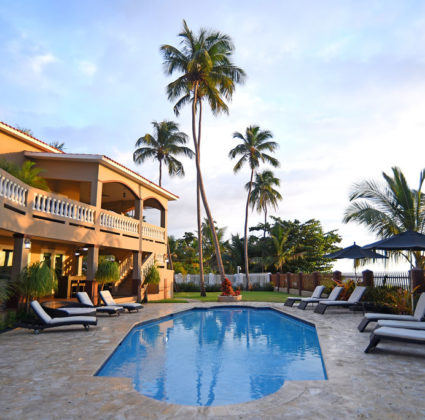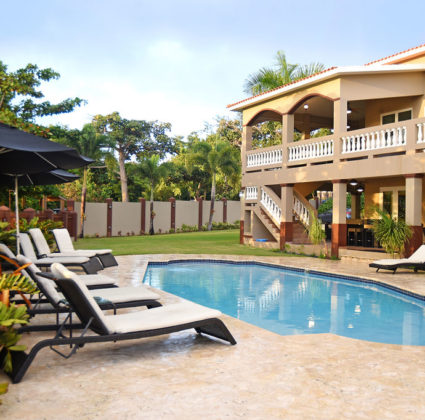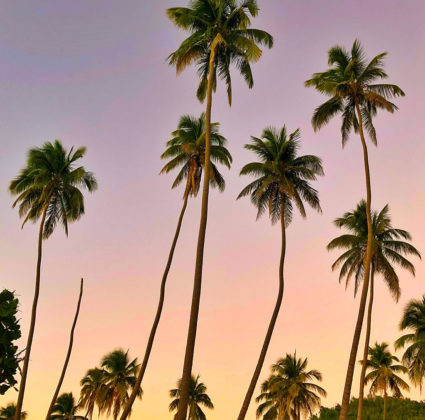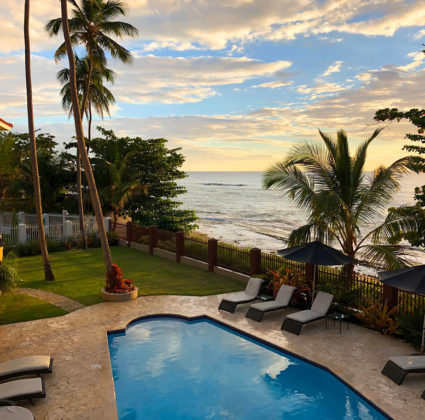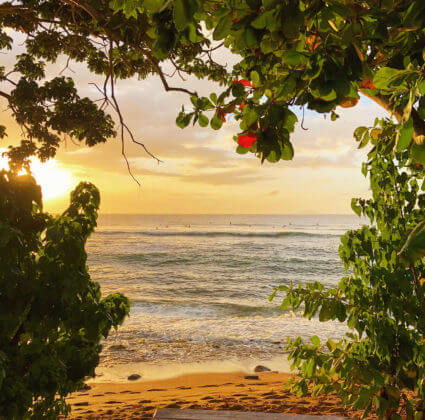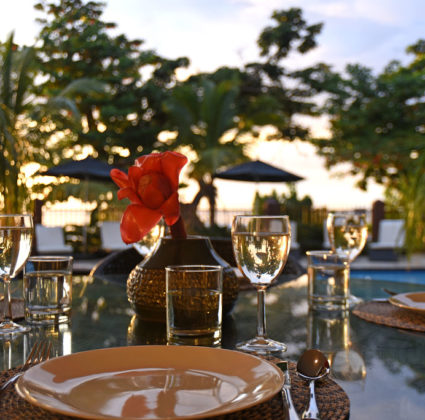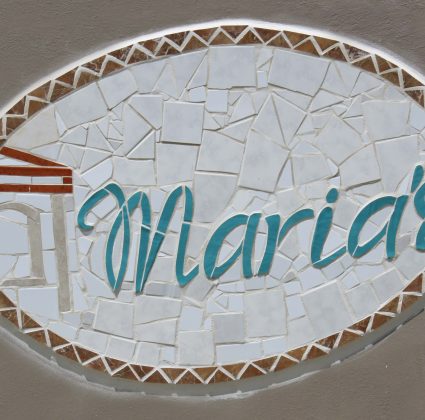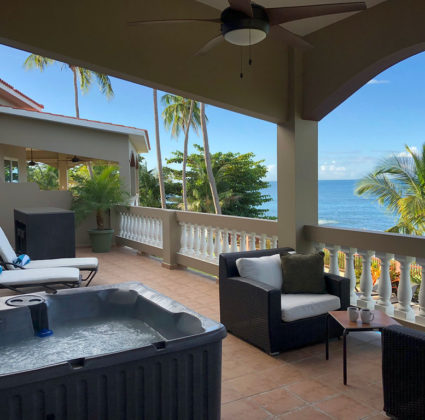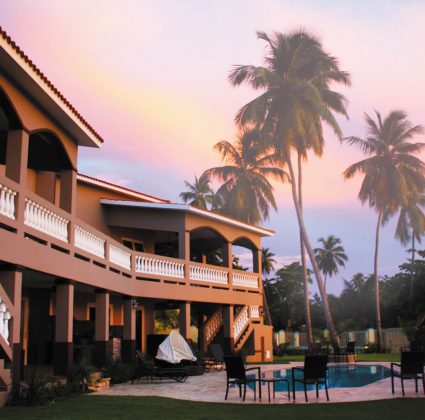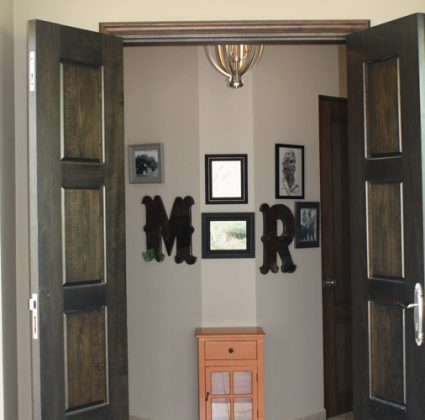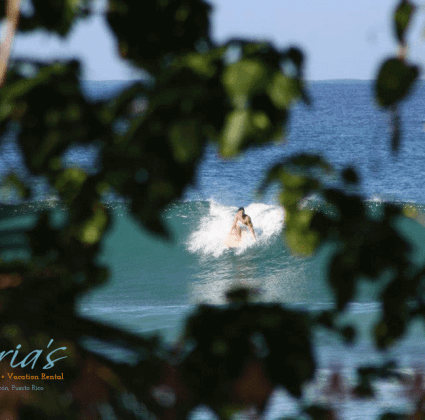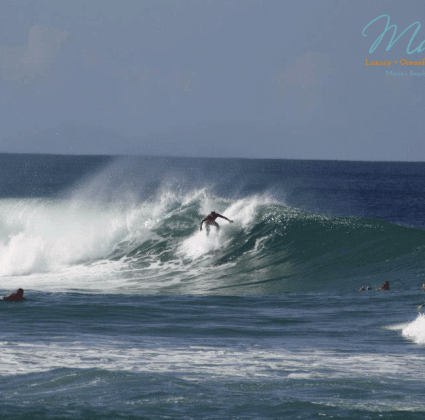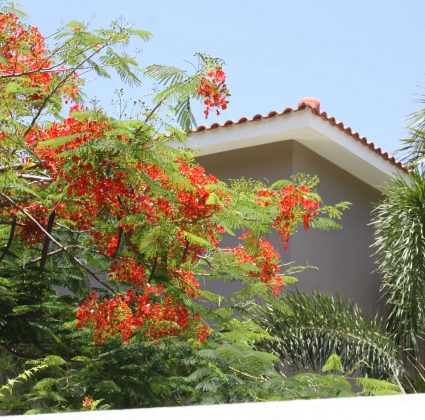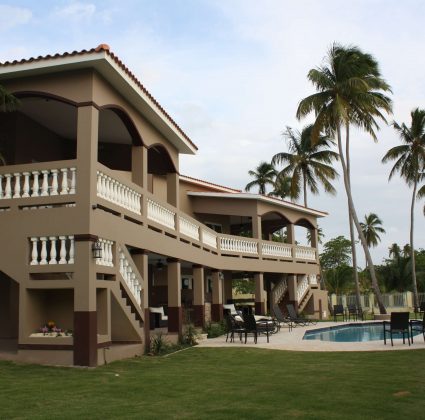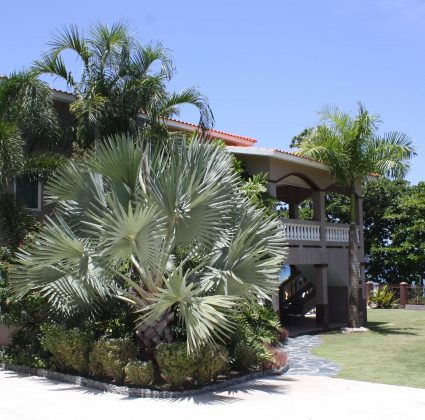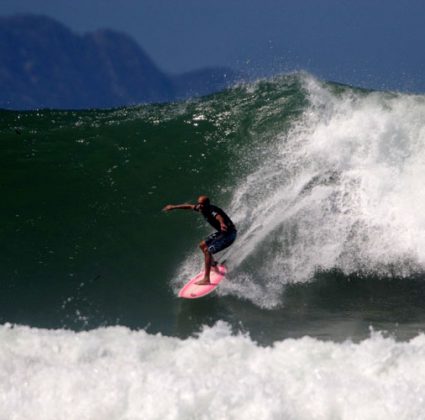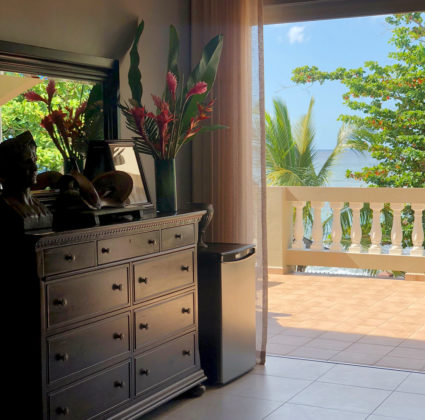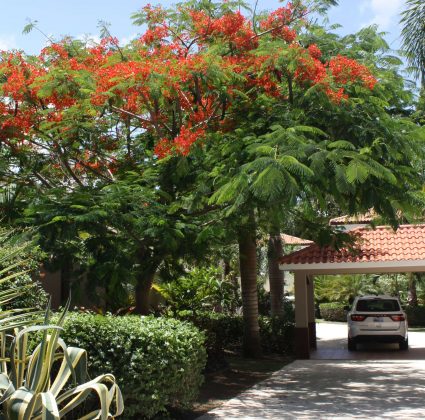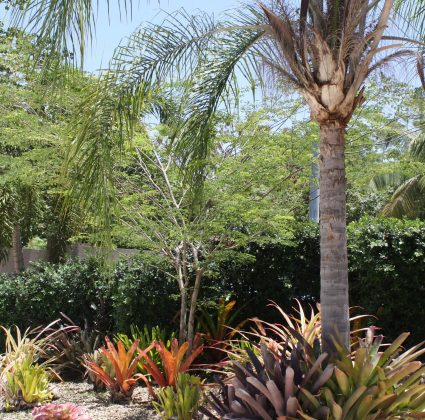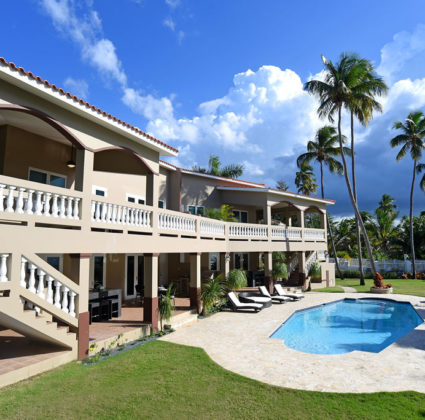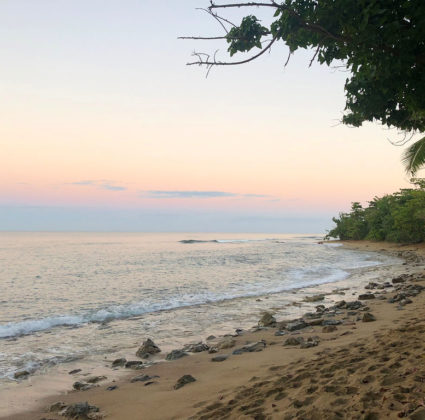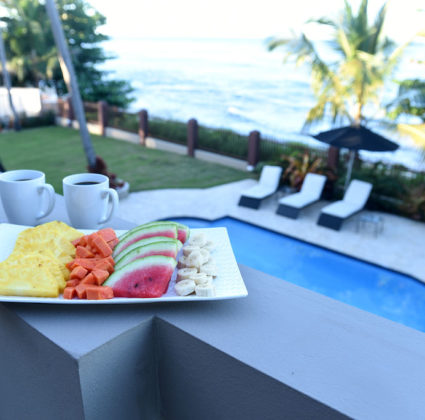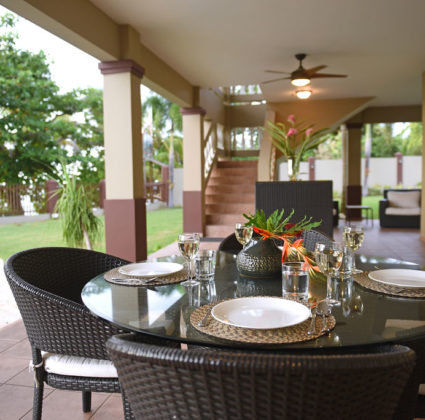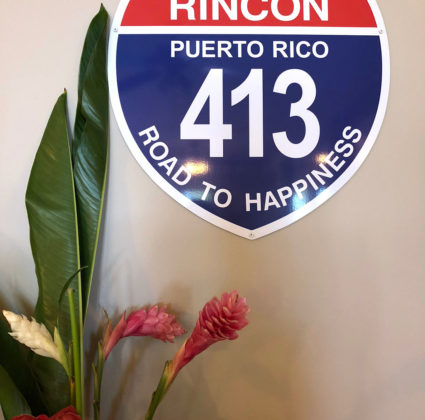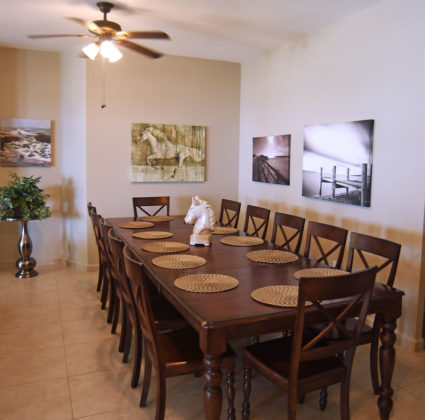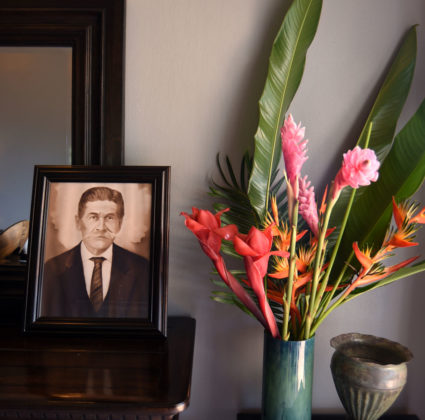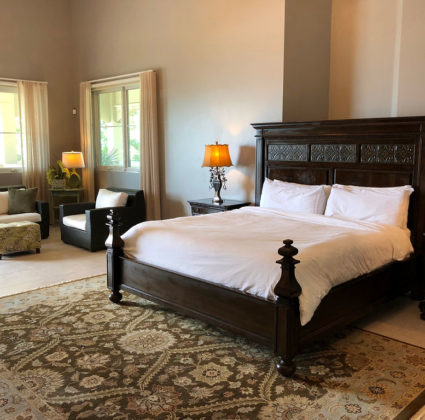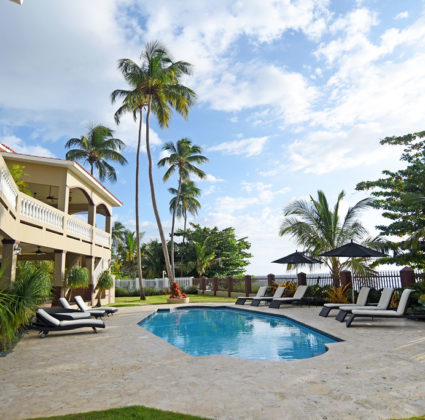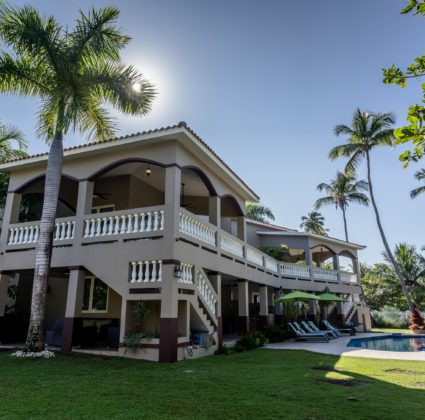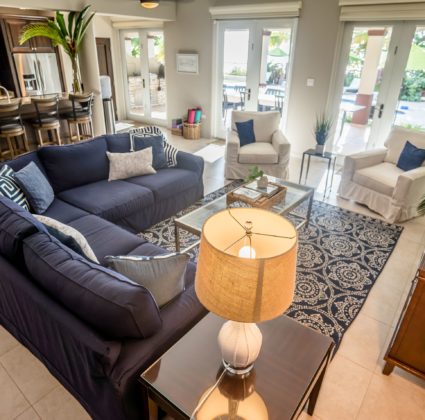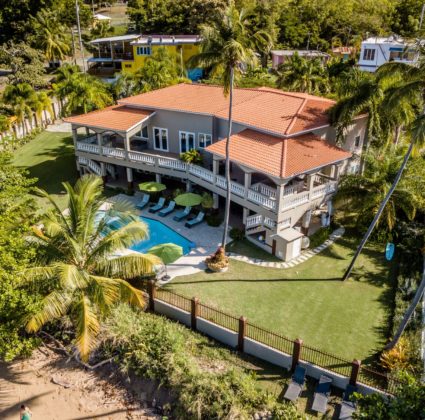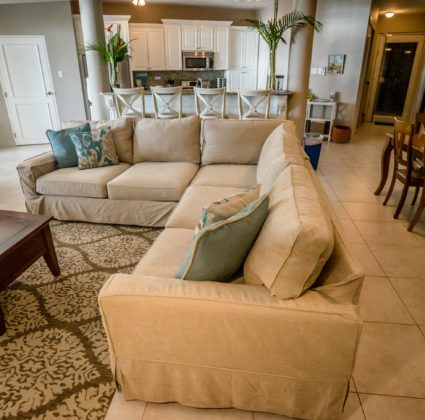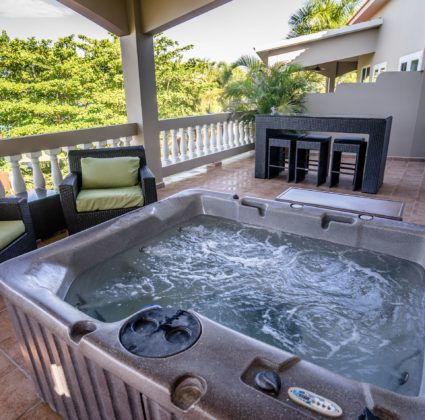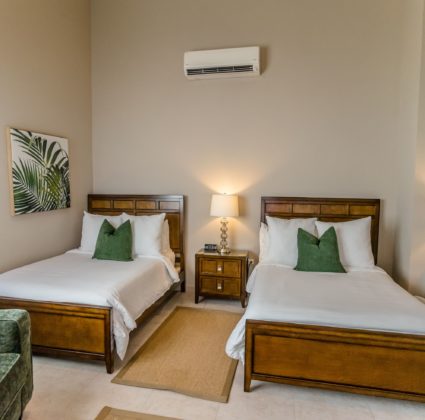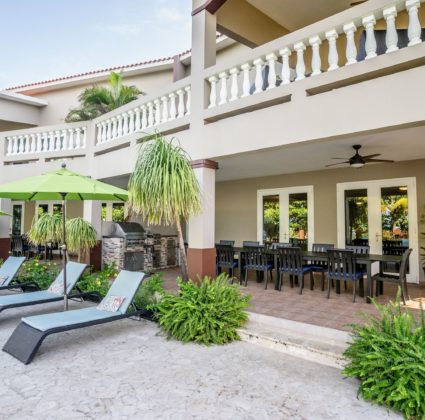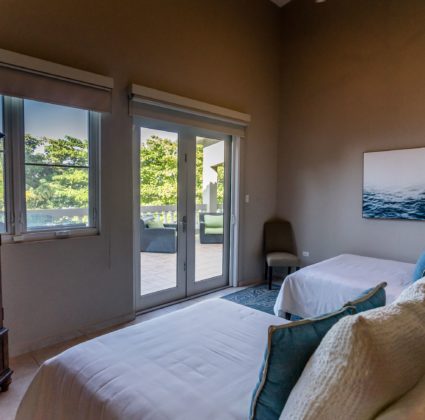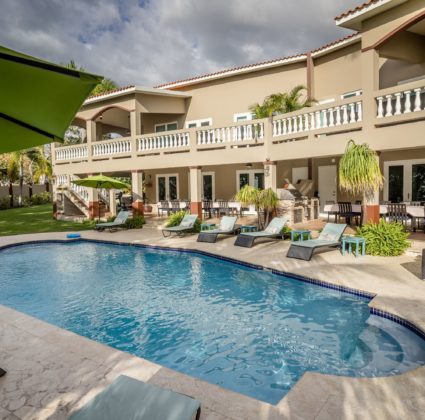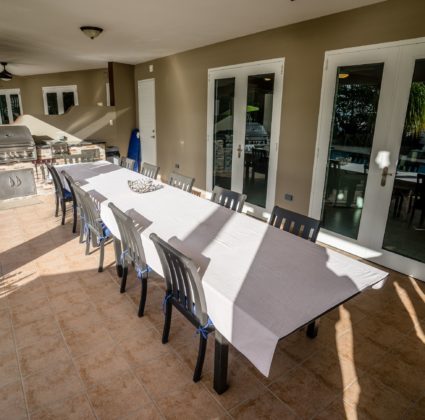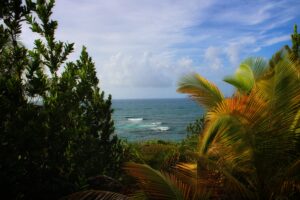 Five hundred years after its discovery by Europeans, Puerto Rico has become a melting pot of people, cultures, customs and traditions. Yet, before European contact, the island of Puerto Rico had an indigenous population with its own traditions, customs, beliefs and language. Today, many aspects of Taino culture persist. Learn more about the history of the Taino people and explore some ways that Taino culture is still prevalent on the island of Puerto Rico.
Five hundred years after its discovery by Europeans, Puerto Rico has become a melting pot of people, cultures, customs and traditions. Yet, before European contact, the island of Puerto Rico had an indigenous population with its own traditions, customs, beliefs and language. Today, many aspects of Taino culture persist. Learn more about the history of the Taino people and explore some ways that Taino culture is still prevalent on the island of Puerto Rico.
Who Were The Taino People?
The Taino people were descended from Arawak-speaking people from South America who settled the Caribbean Islands over 2,000 years ago, according to the National Museum of the American Indian. According to Discover Puerto Rico, the Taino people of Puerto Rico had a kingdom, structured hierarchically. The Taino people lived in villages with a leader, a sub-chief, the medicine men and priests, and the working class. The Taino people subsisted through hunting and agriculture, crafted utensils from wood and rocks, and used cotton to make clothing and hammocks. The Taino people of Puerto Rico called the island “Borinquen,” meaning “land of the brave lord,” and many Puerto Ricans refer to themselves as “Boricua” today.
The Taino people’s ways of life changed dramatically following European contact, according to Smithsonian Magazine. When the Spanish conquerors arrived in the late 1400s, many Taino people were enslaved and forced to work in gold mines or plantations. Countless Taino women were chosen by Spanish men for wives. Many Taino people died from starvation, contracting European diseases that they had no natural immunity for, or in conflict with the European colonists. Over a short time, only a few decades, the Taino people more or less disappeared as a distinct group.
Taino Culture Today
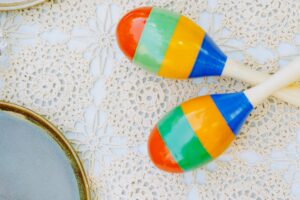
Today, the Taino legacy persists in the people of the Caribbean, including Puerto Rico, and their culture. It is a misnomer to consider the Taino people “extinct” – many inhabitants of the Caribbean Islands are descendants of the Taino people and have maintained some aspects of their traditions and beliefs. Many styles of dance, like bomba, have incorporated Taino elements through instruments like maracas (although bomba is primarily based on West African rhythms and dance with some European influences), according to Discover Puerto Rico. Plants like cassava are still used to make casabe, a type of flatbread that is popular throughout the Caribbean.
Additionally, there is currently a revival of Taino culture throughout the Caribbean, according to the Smithsonian Magazine. In Puerto Rico, more and more people are identifying with their Taino heritage, and attempts are being made to revive the Arawakan language and protect Taino cultural sites.
When you visit Puerto Rico, you can experience indigenous culture, not only in interactions with the Puerto Rican people but through indigenous sites which can be found throughout the island from Arecibo to Ponce. When you are ready to visit, book your stay with Maria’s. When you’re ready to stay with us, booking is done through Twin Palms, Maria’s rental, and onsite management. Please visit our booking page on this website to view the availability of Maria’s and fill out our convenient contact form. If you have any additional questions regarding Maria’s, you may call Elizabeth at 787-685-6648 (español: Cristina at 787-449-3673).
